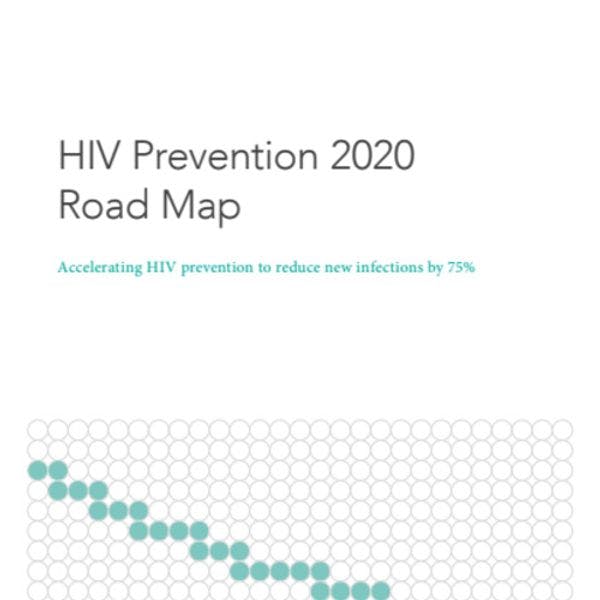Feuille de route de la prévention du VIH pour 2020 – Accélérer la prévention du VIH en vue de réduire les nouvelles infections de 75%
ONUSIDA et le FNUAP ont consulté un large éventail de parties intéressées pour produire un document qui identifie des axes de réflexions pour la réalisation des objectifs de 2030. Pour en savoir plus, en Anglais, veuillez lire les informations ci-dessous.
Abonnez-vous à l'Alerte mensuelle de l'IDPC pour recevoir des informations relatives à la politique des drogues.
The Prevention 2020 Road Map provides the basis for a country-led movement to scale up HIV prevention programmes as part of Fast-Tracking a comprehensive response to meet global and national targets and commitments to end AIDS as a public health threat by 2030.
The Road Map was prepared through a consultative process that brought together more than 40 countries and organizations, including civil society organizations, networks of people living with HIV, faith-based organizations, networks of key populations and international organizations and foundations, to chart the way forward to achieving global HIV prevention goals by 2020. Country assessments and national consultations were organized in participating countries towards reaffirming national leadership for HIV prevention, reviewing progress and discussing accelerated action for prevention. Thematic consultations and case study reviews were also conducted to develop key elements of the Road Map, most of which are also contained in a global results framework first proposed in a journal article in 2016 (Annex 1).
The Road Map is relevant for all low- and middle-income countries, but it focuses on 25 countries2 with high numbers of new infections in adolescents and adults in 2016 (referred to in this document as “coalition countries”). Exceptional international and national efforts are needed in these countries, which account for almost 75% of new adult HIV infections globally. All countries, however, need to intensify HIV prevention efforts to meet commitments to end the AIDS epidemic.
